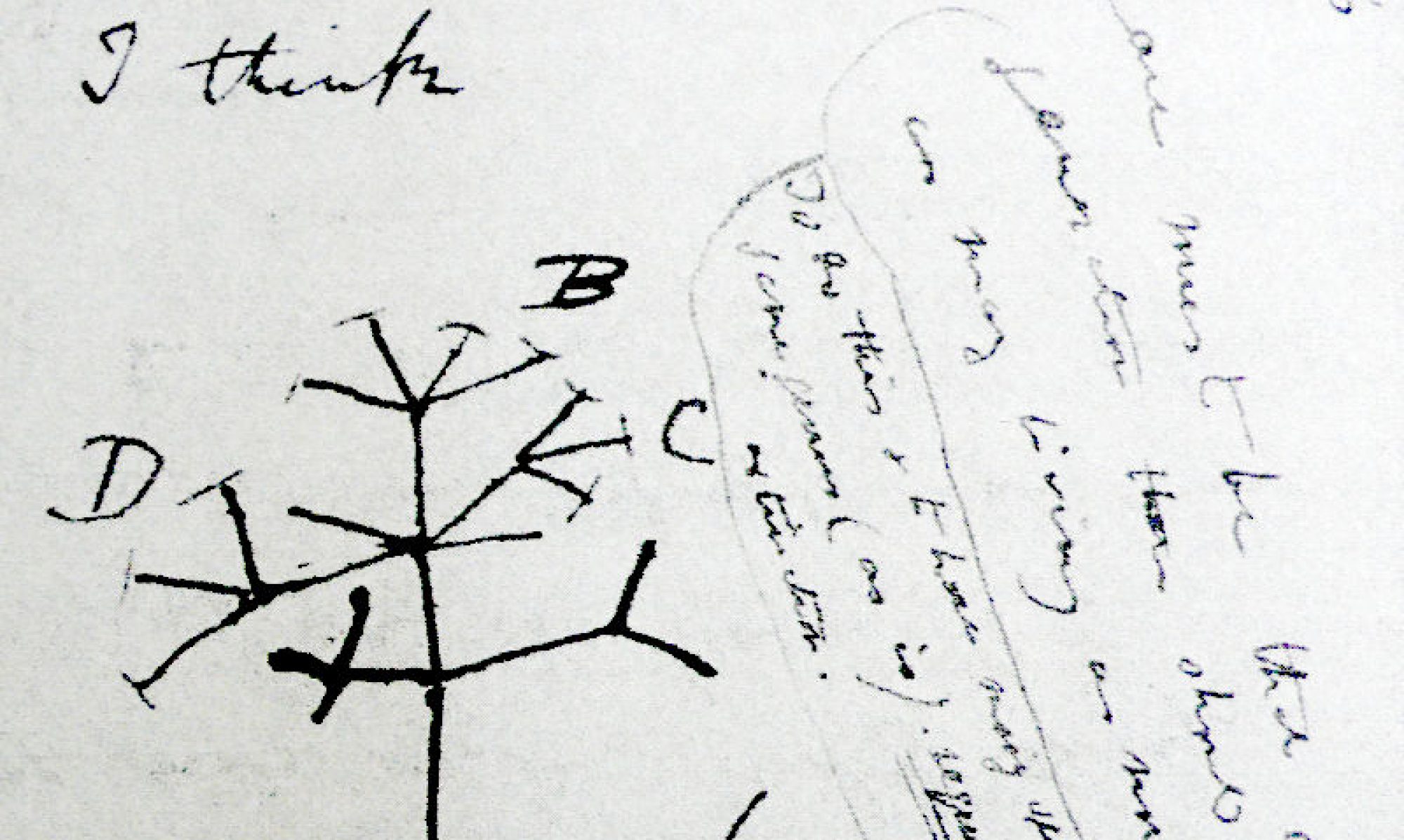By: Stephen Cobbs, John de Abreu, Clare Feeman, and Molly Turner (Stonehill College, BIO323: Evolution, Spring 2022)
On April 26, 1986, the world effectively changed in the blink of an eye. An accident during a technical test at the Chernobyl Nuclear Power Plant near the city of Slavutych, Ukraine, produced what would eventually be referred to as “the worst nuclear disaster in history”. The consensus on the immediate, short-term effect of the accident was undeniably poor, as all wildlife within the area suffered mass casualties. 36 years later however, and the consensus is rather murky. Scientists have recently visited the Chernobyl Exclusion Zone (CEZ) and were shocked to find that area today presents great biodiversity, playing host to a multitude of different species from a multitude of different clades. Why is that you may ask? Well, some scientists believe that the radioactive pollution from the nuclear fallout led to an increase in mutation rates within genes of the animals in Chernobyl, which partially offset the diversity which was initially lost. This raises the question if there is such a thing as too many mutations and is there a line at which mutation rates cross from beneficial to deleterious? The paper Unusual evolution of tree frog populations in the Chernobyl exclusion zone, by Clément Car and 11 others, works to classify those questions, specifically looking at populations of Eastern Tree Frogs (Hyla orientalis) both in and around the CEZ and using simulations for populations throughout Europe as a whole.
The Chernobyl exclusion zone is the site of many studies to look at how the radioactive contamination affected the different wildlife that lived in that area. At first, the contamination killed many different types of wildlife but the years after is where the biggest effects are seen.
This study looked at the effect the contamination had on tree frogs. The researchers collected frogs during their 2016-2018 breeding season. They collected 216 H. orientalis tree frogs from seventeen different populations within the CEZ and from two populations outside the CEZ. The researchers euthanized the frogs to collect DNA from the tibia muscle so they could complete the analysis on how living in the CEZ affected them. To get an accurate account of the radioactive dose the frogs encountered, the scientists used a calculation method of soil activities to see how much radiation was in the soil and radioactive concentrations in the individual femur bones to estimate how much radiation was in the entire frog.
A series of DNA tests were used to look at two of the frogs’ genetic markers. The researchers looked at two different genetic markers to compare the genes of the different frog populations. Simulations, to look at the evolution of alleles that were inherited together, were run on the genetic marker evolution for ten and fifteen generations, one run with parameters from previous experiments and the second was run with different parameters based off of the results from the first simulations.
Looking at both the simulations and the quantitative DNA experiments, the researchers found twenty substitutions or changes in one nucleotide base in the mitochondrial genome of the frogs who were exposed to the radioactive contamination. The researchers determined that mitochondrial alleles had a higher chance of being inherited together and there was a higher nucleotide diversity in the CEZ when compared to other European populations. The nuclear genetic material was similar between the populations inside and outside of the CEZ, which means that only the mitochondrial nucleotide diversity was significant. The different mutations in a gene which is present in all the frog populations led the researchers to believe the populations outside of the CEZ are the descendants of a more genetically diverse group of frogs. The populations of frogs within the CEZ are the descendants of a few surviving frogs with less genetic diversity due to the radioactivate contamination that later reproduced. Now the frogs within the CEZ have different genomes from the other populations. There are more mutations in the genetic difference for populations within the CEZ compared to those outside. There were small populations of frogs and an overall elevated mutation rate in the CEZ.
This study suggests that there is a strong existence of extra mutation processes along mitochondrial DNA within Eastern tree frogs in the CEZ however the challenge now turns to figuring out what the consequences are of this when compared to the global Eastern tree frog populations, so that we can have a clear picture on the eco-evolutionary effect of wildlife exposure to radioactive pollution. One thing to note in this matter however is that tree-frogs often have large clutch sizes (up to 600 eggs per female per year) so they might be a little more effective on supporting harmful effects of mutations. There are enough offspring that are produced that if some were produced with harmful mutations, these mutations would only be a small portion of the offspring. This may not be the case for organisms with smaller litters, so this research is ongoing.
Article: Car, C., A. Gilles, O. Armant, P. Burraco, K. Beaugelin-Seiller, S. Gashchak, V. Camilleri, I. Cavalié, P. Laloi, C. Adam-Guillermin, G. Orizaola, and J.-M. Bonzom. 2022. Unusual evolution of tree frog populations in the Chernobyl exclusion zone. Evolutionary Applications 15: 203–219. https://doi.org/10.1111/eva.13282
